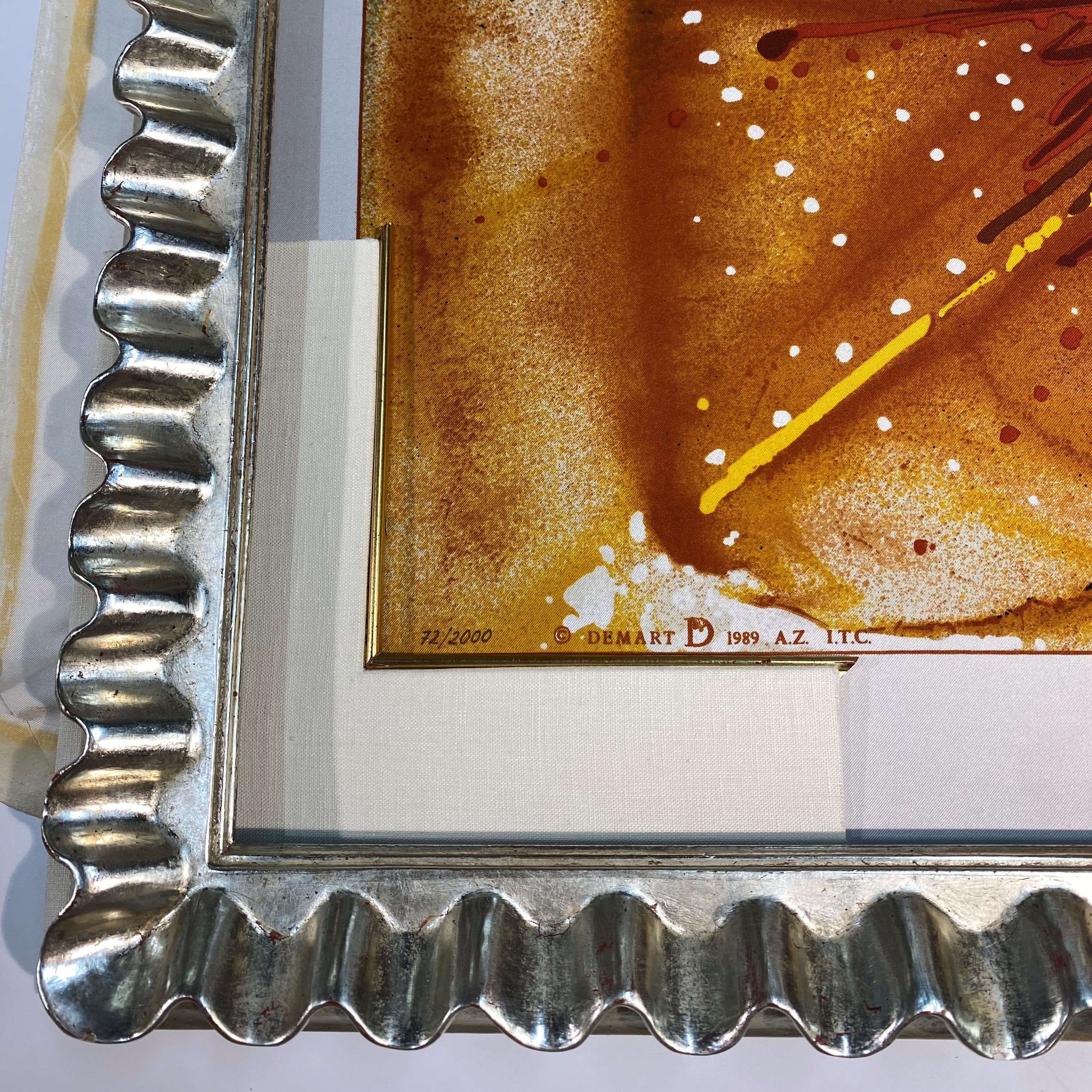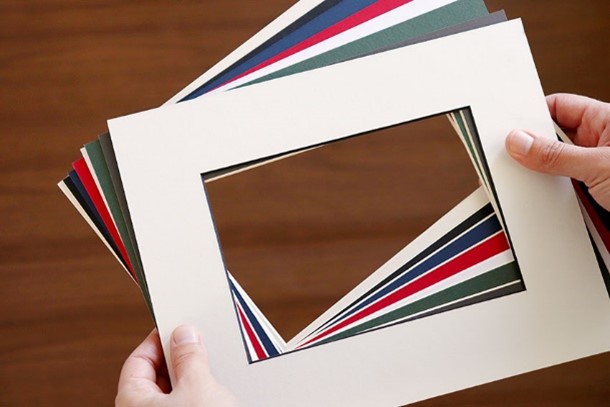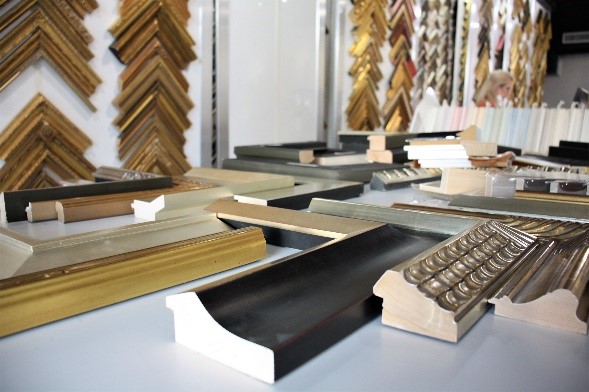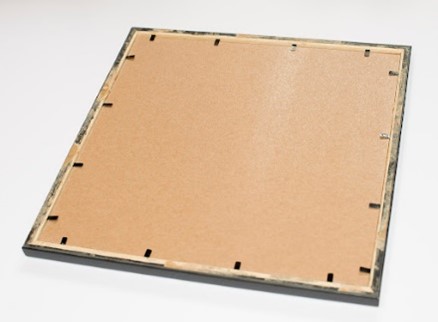From the Framing Desk: Learn the Language of Framing
9/1/2021
Look at the frames around your house. Can you point out which part is the mat? What about the fillet? Do you know what a floated artwork looks like? Brush up on your framing vocab (and see how much you know!) as we learn the language of framing.

Acrylic
Acrylic is an alternative instead of glass. It is a clear, industrial plastic that is lighter and doesn’t break as easily. Acrylic can also come with UV protective and anti-glare properties. People often say Plexiglas when they should say acrylic. Plexiglas is a brand name.
Archival Framing
This is a type of framing philosophy that aims towards protecting and preserving the photo from the damage and degradation caused by acids, light and pollution. With archival framing, only materials that are acid-free should come in contact with the photo. The mounting techniques employed are also reversible, meaning the photo can be removed from the frame without causing any damage to it. Similar terms with the same meaning include conservation, preservation and museum framing.
Beveled Edge
When the inside edge of the mat board window is cut at an angle to expose the mat core. This creates another line around the photo’s edges, adding visual impact and drawing the eye into the photo.
Backing
Also called the mounting board, backing is a rigid board that supports the art in the frame and helps to protect it from punctures from behind. If the backing is not rigid enough, art will often buckle in the frame. Posters and inexpensive prints may be dry-mounted, or glued to the backing board using heat, pressure, and a heat-activated tissue adhesive to keep the art flat and rigid.
Dust Cover
A liner paper adhered to the back of a frame to finish it off. The dust cover keeps dust and insects out of the frame package. It also helps reduce fluctuations in humidity, limits the infiltration of environmental gases, and gives your framed artwork a professional look.
Fillet
Also called enhancers or slips, fillets are thin, narrow mouldings used as accents. Fillets can be placed inside mat openings or in the lip of frames. They are made to coordinate with the frame in color and style.
Float Mount
To place the art on top of the mat rather than in a window behind the mat so that it appears to float. Sometimes the art sits directly on the mat but it is often raised off it to add depth. With this technique, none of the surface of the art is covered.

Mat boards can come in many colors, textures and mediums

The moulding of a frame is available in thousands of styles

Example of the backing of a frame
Hinge
A method used to attach art to a backing board. This involves the use of adhesive strips or tape in a way that the tape is not visible and the photo hangs free to expand and contract as it reacts to humidity and temperature. Most commonly hinging is used when framing works of art to conservation standards.
Lip
The inner edge of the frame that holds the art and other framing contents in place. The lip can be beveled or ornamented.
Mat Board
A material that covers and protects the image. In addition to protecting the image, mat boards are available in many different styles and colors for the purpose of enhancing artwork. A mat border provides a visual resting spot between the art and everything around it, making it easier to view the art.
Mat Opening
A hole cut into the mat so the art will be visible through it. A mat board with more than one window opening is called a multi-opening mat board as is often used for photo collage projects.
Moulding
Before a frame is made, the four sides are cut to size from a long length of moulding. Moulding can be very ornate and decorative, or it can be very simple.
Rabbet
The space under the inner lip that holds the glazing, matting, picture, mounting board and backing. When purchasing a picture frame online, take note of the rabbet depth to ensure that all the components fit inside the frame.
Riser
The amount of distance between the top edge of the stretcher bar and the broad flat top of the stretcher bar. The riser determines how much distance you will have between the canvas and the top face of the stretcher bar.
